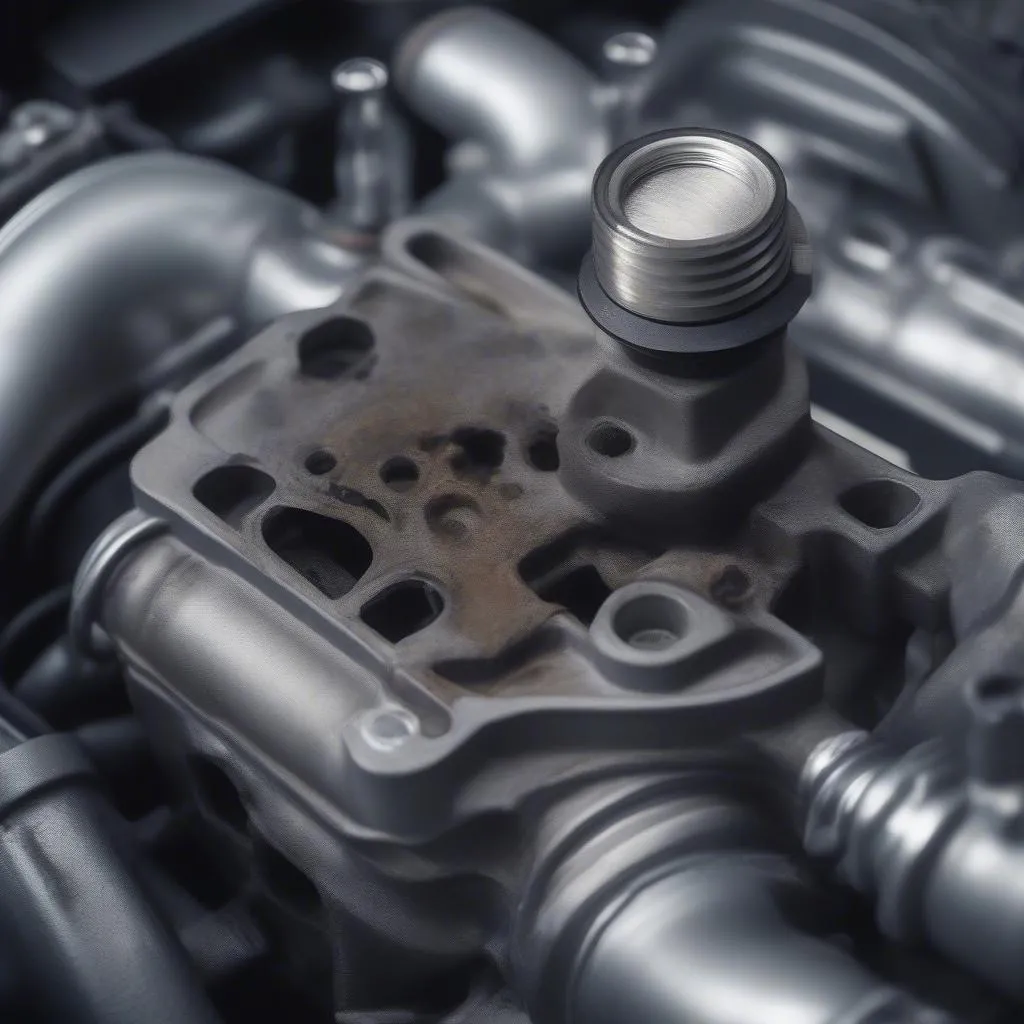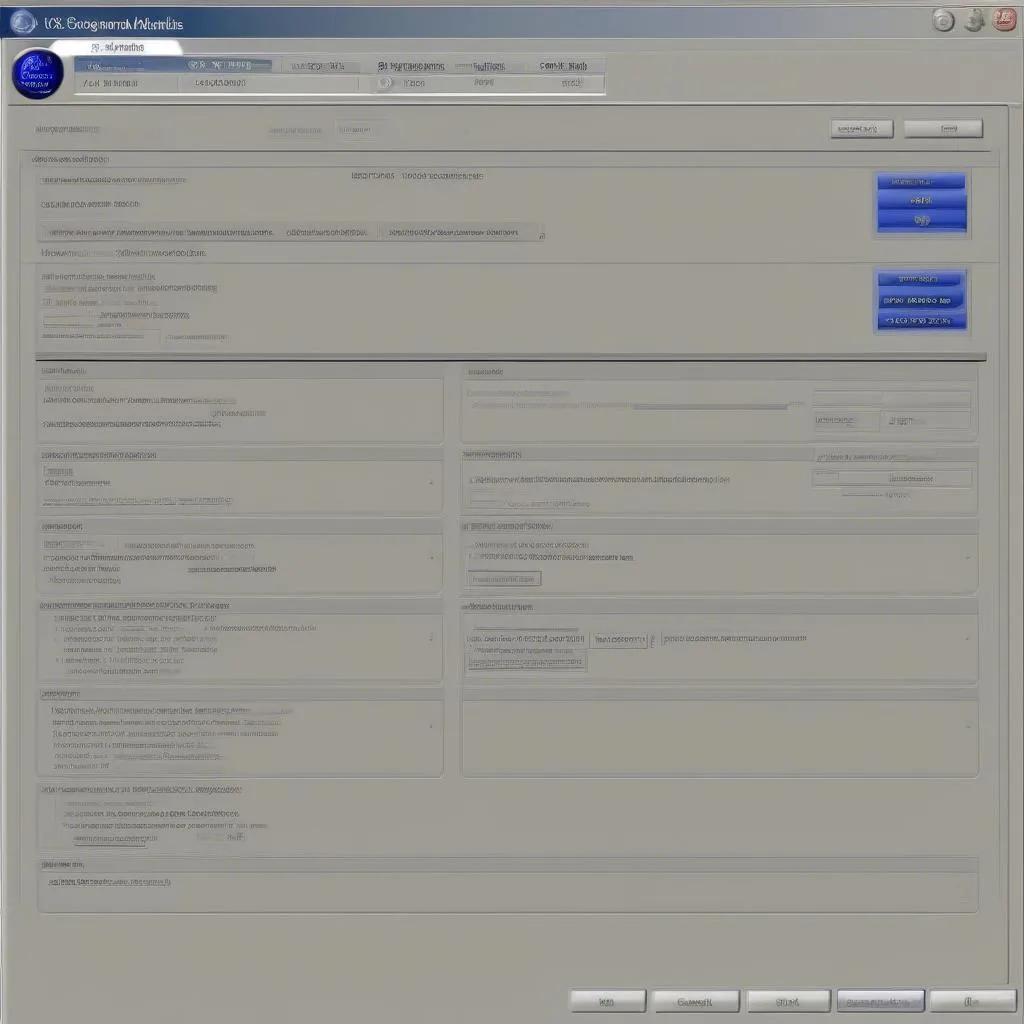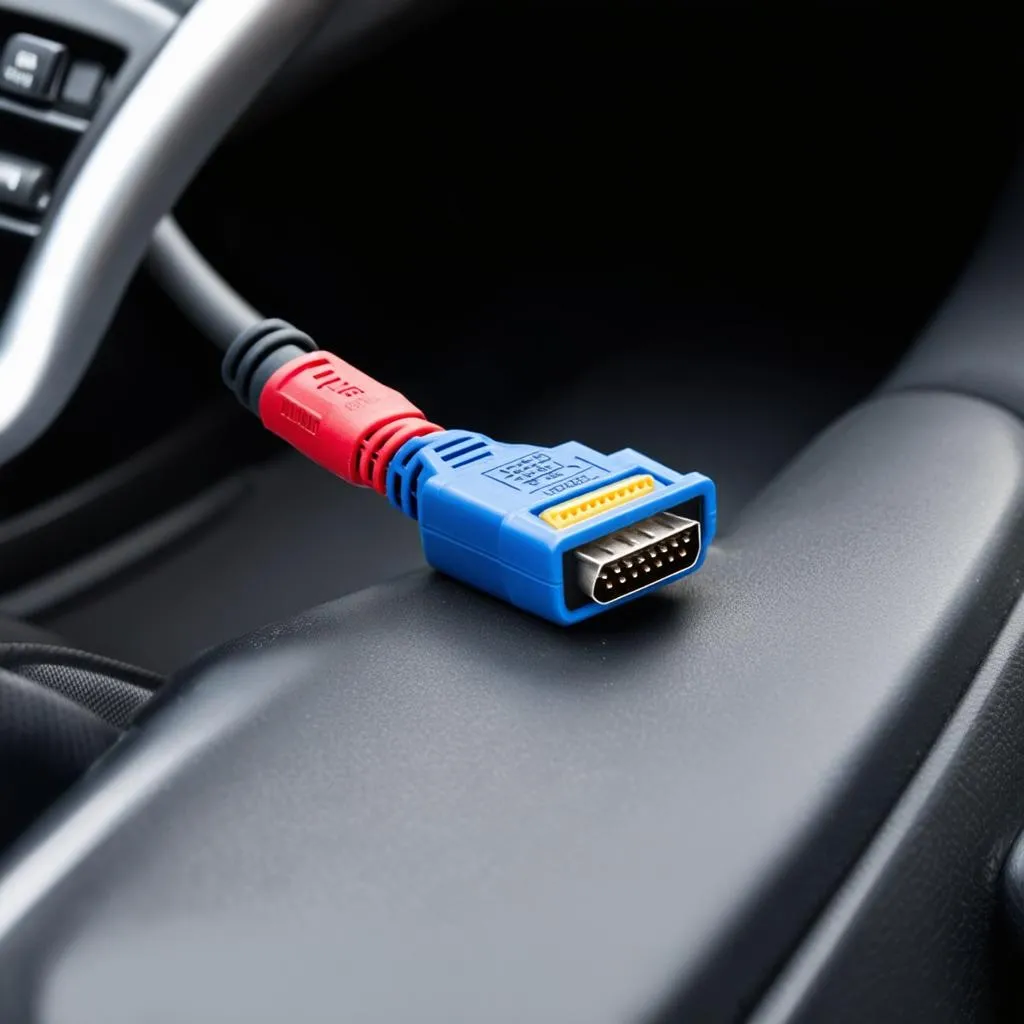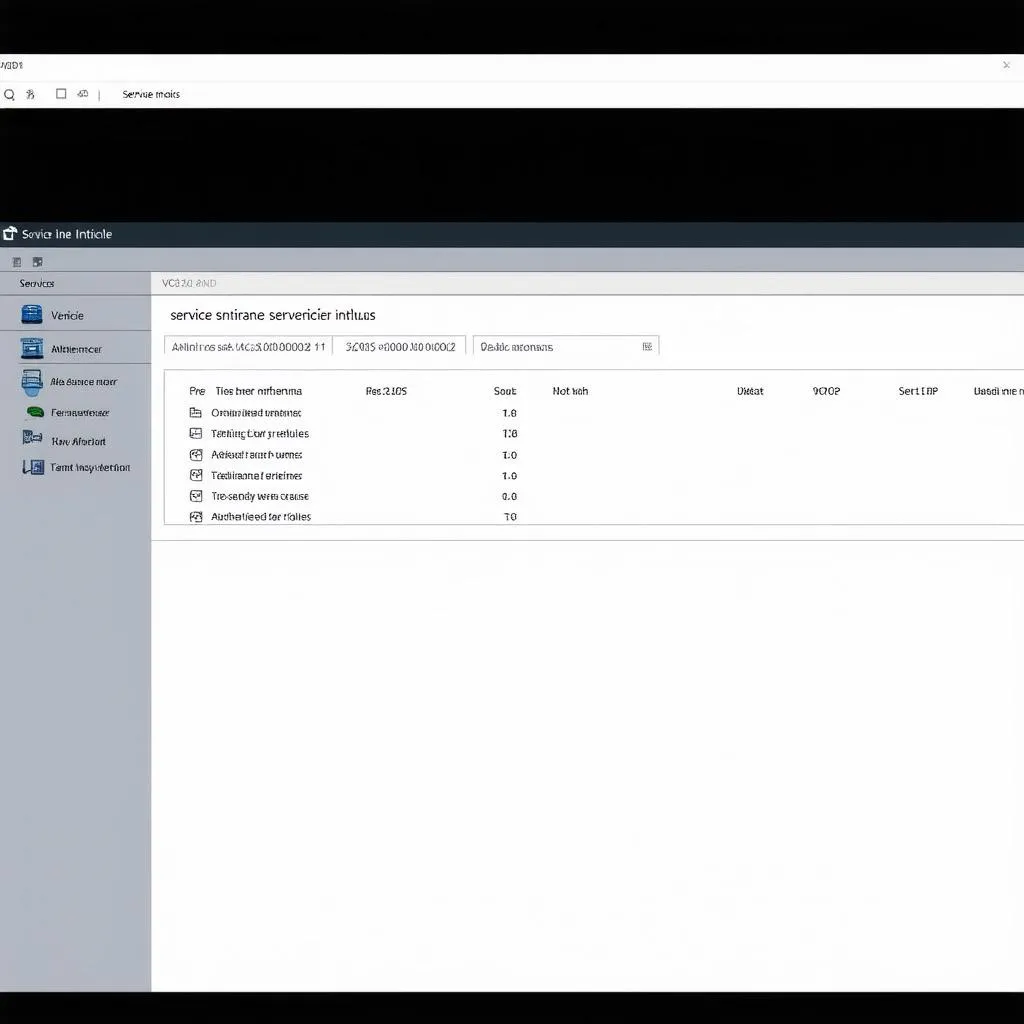The 1.9 TDI PD engine, known for its reliability and fuel efficiency, often utilizes an Exhaust Gas Recirculation (EGR) system to reduce emissions. However, over time, this system can require adjustment, known as adaptation, to maintain optimal performance. This guide will delve into the intricacies of 1.9 TDI PD EGR adaptation using VCDS, a popular diagnostic software.
What is EGR Adaptation and Why is it Important?
EGR adaptation is a process where the engine control unit (ECU) adjusts the operation of the EGR valve to ensure the correct amount of exhaust gas is recirculated back into the intake manifold. This is crucial for several reasons:
- Reduced Emissions: Recirculating exhaust gases lowers combustion temperatures, reducing the formation of harmful nitrogen oxides (NOx).
- Improved Fuel Economy: By precisely controlling EGR flow, the engine can achieve a better air-fuel mixture, improving combustion efficiency and fuel economy.
- Engine Performance: Proper EGR adaptation prevents issues like rough idling, poor acceleration, and excessive smoke.
 EGR Valve Diesel Engine
EGR Valve Diesel Engine
Using VCDS for 1.9 TDI PD EGR Adaptation
VCDS (Vag-Com Diagnostic System) is a powerful diagnostic tool that allows you to communicate with your vehicle’s ECU. Here’s a step-by-step guide to performing EGR adaptation on a 1.9 TDI PD engine using VCDS:
Step 1: Connect and Access the Engine Module
- Connect your VCDS interface to your vehicle’s OBD-II port and to your computer.
- Turn the ignition on but do not start the engine.
- Launch the VCDS software and establish communication with your vehicle.
- Select “Select Control Module.”
- Choose “Engine” (usually labeled 01-Engine).
Step 2: Basic Settings
- Go to “Basic Settings” (usually found under 04-Basic Settings).
- Depending on your specific ECU, you will need to find the adaptation channel related to EGR. This is often labeled as “EGR Adaptation” or similar.
 VCDS Software Interface
VCDS Software Interface
Step 3: Initiate Adaptation
- Follow the on-screen instructions provided by VCDS. This usually involves running the engine under specific conditions outlined by the software.
Step 4: Verify Adaptation
- Once the adaptation process is complete, check for any fault codes related to the EGR system.
- Clear any existing fault codes and take your vehicle for a test drive to ensure the EGR system is functioning correctly.
Note: The exact steps and adaptation channels may vary slightly depending on the specific year and model of your 1.9 TDI PD engine. Always refer to the VCDS documentation and your vehicle’s service manual for precise instructions.
Common Issues and Troubleshooting Tips
While EGR adaptation with VCDS is usually straightforward, you might encounter some issues. Here are some common problems and their potential solutions:
- Adaptation Not Completing: This could indicate a faulty EGR valve, a clogged EGR cooler, or a problem with the EGR system wiring. Inspect these components for damage or blockage.
- Fault Codes After Adaptation: After completing the adaptation, scan for fault codes again. Persistent codes might point to underlying issues with the EGR system that require further diagnosis and repair.
Frequently Asked Questions
Q: How often should I perform EGR adaptation on my 1.9 TDI PD engine?
A: It’s generally recommended to perform EGR adaptation after any work done on the EGR system, such as cleaning or replacing components. Additionally, adaptation can be beneficial as part of regular maintenance to ensure optimal performance.
Q: Can I damage my engine by performing EGR adaptation incorrectly?
A: While unlikely, incorrectly performing adaptation could potentially lead to issues. It’s essential to carefully follow the instructions provided by VCDS and consult your vehicle’s service manual.
Q: Is VCDS the only tool I can use for EGR adaptation?
A: While VCDS is a widely used and versatile option, other diagnostic tools might also offer EGR adaptation capabilities.
Conclusion
Mastering EGR adaptation with VCDS empowers you to maintain your 1.9 TDI PD engine’s performance and emissions control. By understanding the process and potential issues, you can keep your engine running smoothly and efficiently for years to come. If you have any further questions or need assistance, feel free to reach out to CARDIAGTECH for expert advice and support.


